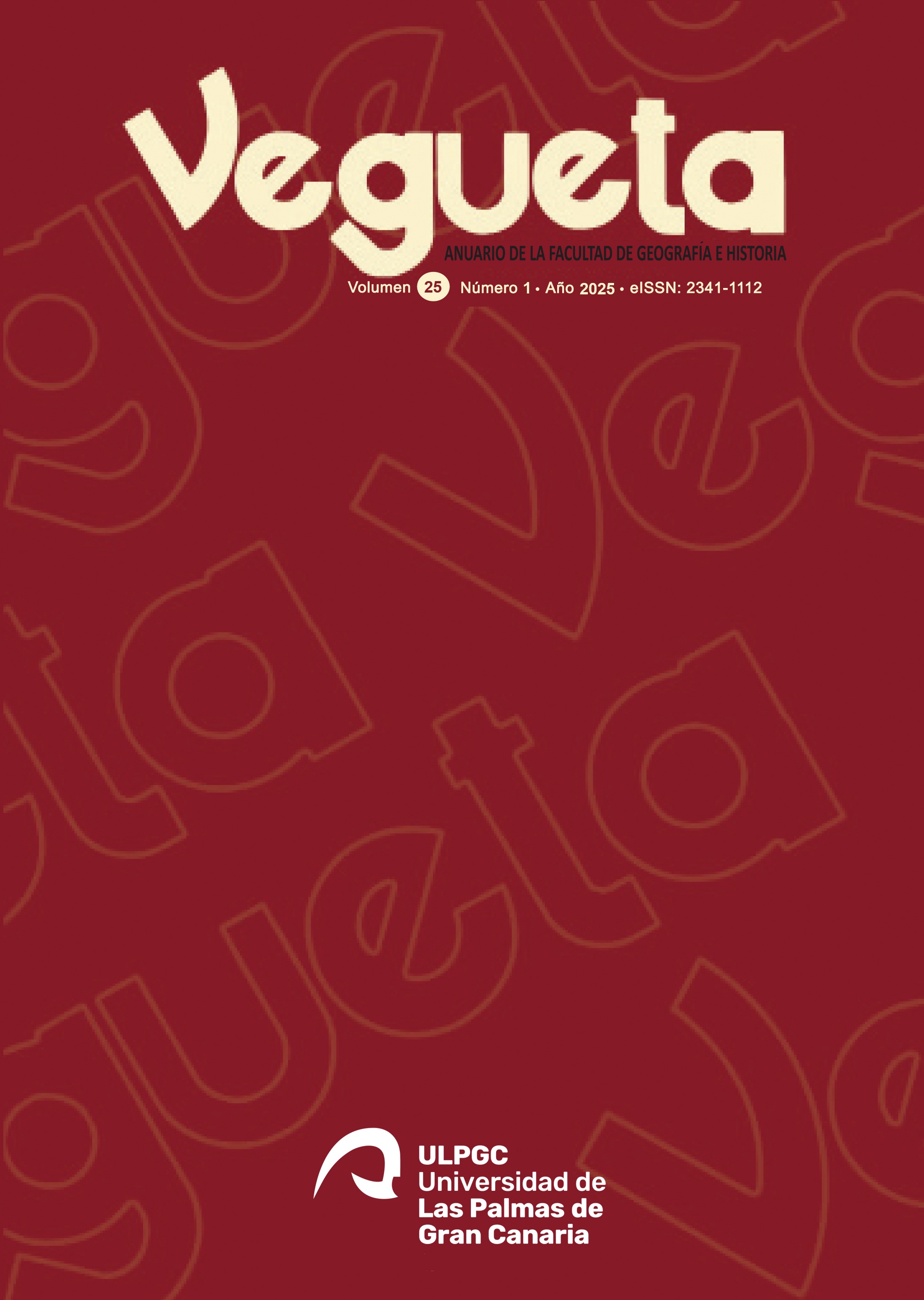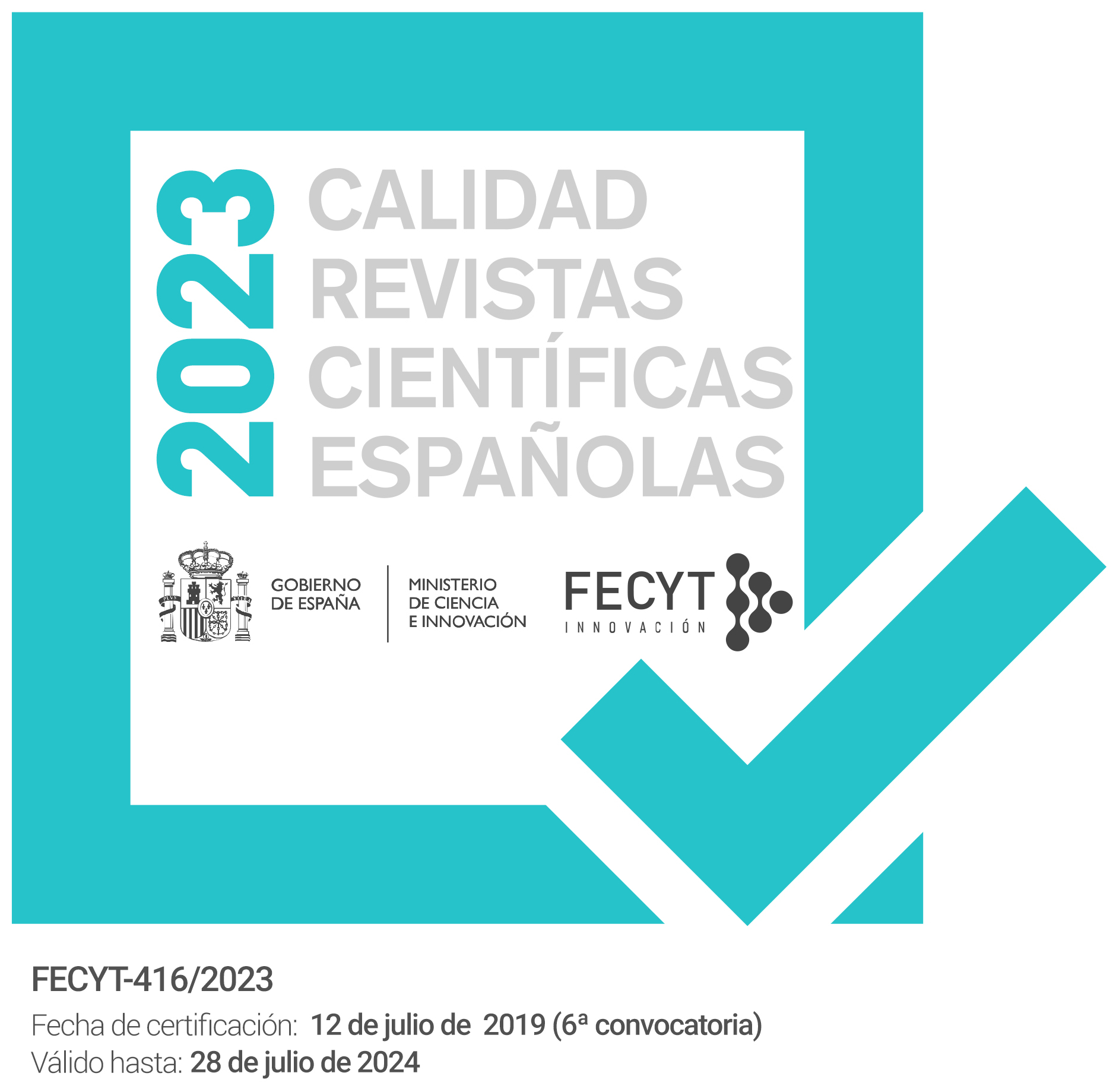El cuaderno de Blanca Catalán de Ocón: memoria de una naturalista entre la botánica, las artes y la poesía
DOI:
https://doi.org/10.51349/veg.2025.1.11Palabras clave:
arte y ciencia, estudios de género, artes decorativas, botánicaResumen
Blanca Catalán de Ocón y Gayolá (1860-1904) es un nombre que empieza a resonar en la historia de nuestro país, pero, cuyo notable legado a la ciencia y la cultura del siglo XIX todavía está por descubrir. Desde su juventud, demostró un interés innato por la botánica y fue designada como «la primera botánica española» por el científico alemán H.M. Willkomm, director del Jardín Botánico de Praga. Vivió su juventud rodeada de la belleza de la naturaleza, el saber científico y el gusto por las artes y la poesía que se respiraba en cada rincón de su hogar; un inmenso valle en el corazón de la Sierra de Albarracín. Fruto de sus investigaciones, elaboró un detallado herbario con más de ochenta especies, algunas desconocidas para la ciencia. Sin embargo, las flores de su valle fueron para ella mucho más que elementos a analizar científicamente. Al igual que para otras mujeres naturalistas de su tiempo, la botánica se convirtió en una fuente de inspiración artística, manifestada en poemas y composiciones florales que hoy recogemos aquí, gracias a la investigación realizada en el archivo privado conservado por sus descendientes.
Descargas
Referencias
- Campbell, C. (2019): Mrs. Delany. A life, Yale University Press, New Haven.
- De Jaime Lorén (2006) J. M.: La mujer en la Ciencia a lo largo de la historia, Centro de Estudios Universitarios CEU, Valencia.
- De Jaime Lorén (1998) J. M.: Botánicos turolenses de la comarca del Jiloca. III. Blanca Catalán de Ocón, Flora Montiberica, 10: 10-12.
- Ericsson, C.E.; Brooks, M. (2008): Silent Needles, Speaking Flowers: The Language of Flowers as a Tool for Communication in Women’s Embroidery in Victorian Britain, Textile Society of America Symposium Proceedings, 93. https://digitalcommons.unl.edu/tsaconf/93
- Flanders, J. (2003): Inside the Victorian Home: A Portrait of Domestic Life in Victorian England, W. W. Norton, New York & London.
- Garrido, E (2024): Blanca Catalán de Ocón. La primera botánica española, Sicomoro, Madrid.
- Garrido, E. (2022): Arte, botánica y género: sobre el manuscrito extraviado de Nancy Anne Kingsbury Wollstonecraft, Feminismo/s, 40: 211-234.
- George, S. (2007): Botany, Sexuality and Women's Writing, 1760-1830: From Modest Shoot to Forward Plant, Manchester University Press, Manchester.
- Gillet, C.C. y Magne, J.H. (1873): Nouvelle Flore Française. Descriptions succinctes et rangées par tableaux dichotomiques des plantes qui croissent spontanément en France et de celle qu'on y cultive en grand, Garnier Frères, París.
- González Bueno, A. y Guillén, E. (2023): Lapiedra Lag., nuevas luces sobre un epónimo oculto. En torno a las relaciones botánicas entre María Josefa La Piedra, Simón de Rojas Clemente y Mariano La Gasca, Flora Montiberica, 86: 13-17.
- González Bueno, A. (2011) Mitos y leyendas en torno al descubrimiento de la utilidad terapéutica de las quinas, en A. María Villar y A. L. Doadrio (eds.) Homenaje a D. César González Gómez. Las quinas, Real Academia Nacional de Farmancia, Madrid: 37‐49.
- Goody, J. (1993): The Culture of Flowers, Cambridge University Press, NewYork.
- Haggis, A. W. (1941): Fundamental errors in the early history of cinchona, Bulletin of the History of Medicine, 10: 586-592.
- Heilmeyer, M. (2006): The Language of Flowers: Symbols and Myths, Prestel Verlag, Munich, Berlin & New York.
- Moore, L. L. (2005): Queer Gardens: Mary Delany’s Flowers and Friendships, Eighteenth-Century Studies, 39 (1): 49-70.
- Neri, J. (2011): Stitches, Specimens, and Pictures: Maria Sibylla Merian and the Processing of the Natural World, en J. Neri (ed.), The Insect and the Image: Visualizing Nature in Early Modern Europe, 1500-1700, University of Minnesota Press, Minnesota: 139-180. https://doi.org/10.5749/minnesota/9780816667642.003.0005
- Pau, C. (1888): Notas botánicas a la flora española, Fascículo 2, Escuela tipográfica del hospicio, Madrid.
- Parker, R. (1996): The Subversive Stitch: Embroidery and the Making of the Feminine, The Women's Press, London.
- Pratt, M.L. (1997): Ojos imperiales: literatura de viajes y transculturación, Fondo de Cultura Económica, Buenos Aires.
- Schiebinger, L. (2004): Plants and Empire: Colonial Bioprospecting in the Atlantic World, Harvard University Press, Cambridge-Massachusetts.
- Seaton, B. (1995): The Language of Flowers: A History, University of Virginia Press, Charlottesville.
- Shteir, A. (1996): Cultivating Women, Cultivating Science: Flora's Daughters and Botany in England, The Johns Hopkins University Press, Baltimore.
- Wakelfield, P. (1796): An Introduction to Botany in a Series of Familiar Letters, E. Newbery, London.
- Waterman, C.H. (1855): Flora's Lexicon: An Interpretation of the Language and Sentiment of Flowers; with an outline of botany, and a poetical introduction, Phillips Sampson, Boston.
- Willkomm, H.M. (1881-85): Illustrationes florae Hispaniae insularumque Balearium, E. Koch, Stuttgart.
- Willkomm, H.M. (1893): Supplementum Prodromi Florae Hispanicae, E. Koch, Stuttgart.
Descargas
Publicado
Número
Sección
Licencia
Derechos de autor 2024 Elisa Garrido

Esta obra está bajo una licencia internacional Creative Commons Atribución-NoComercial-SinDerivadas 4.0.




